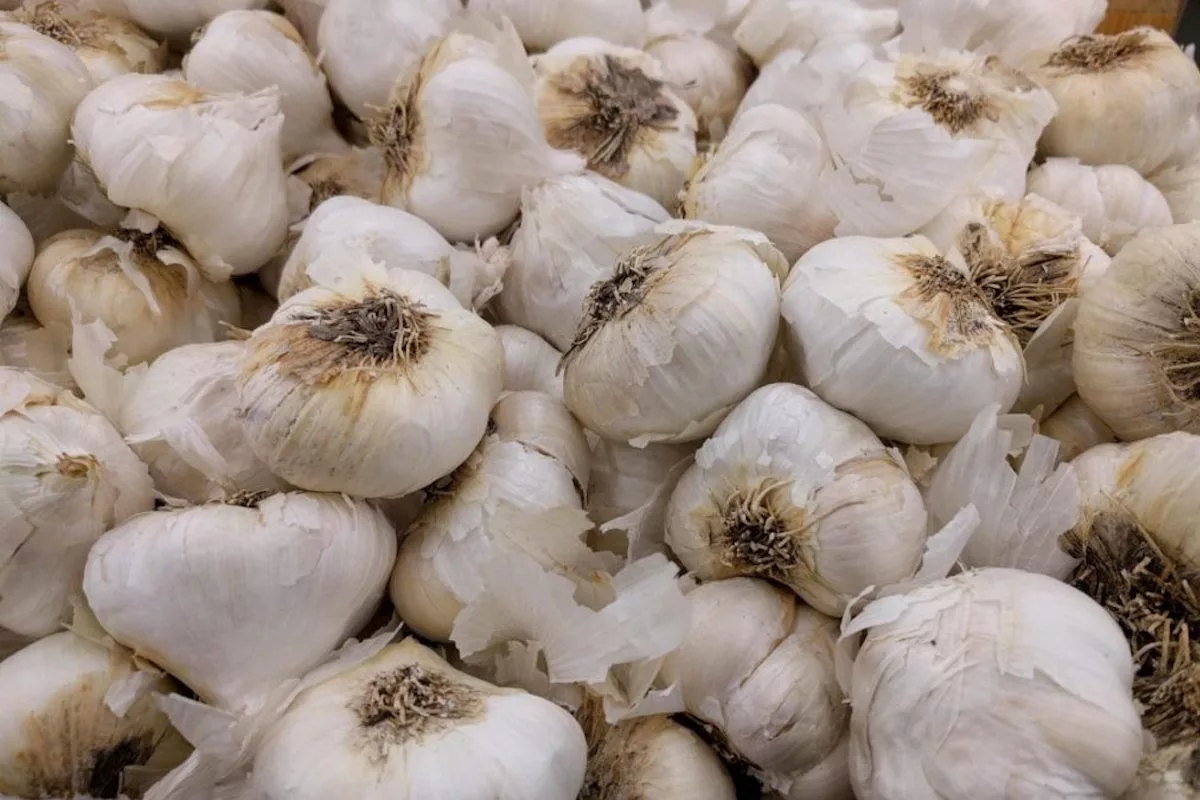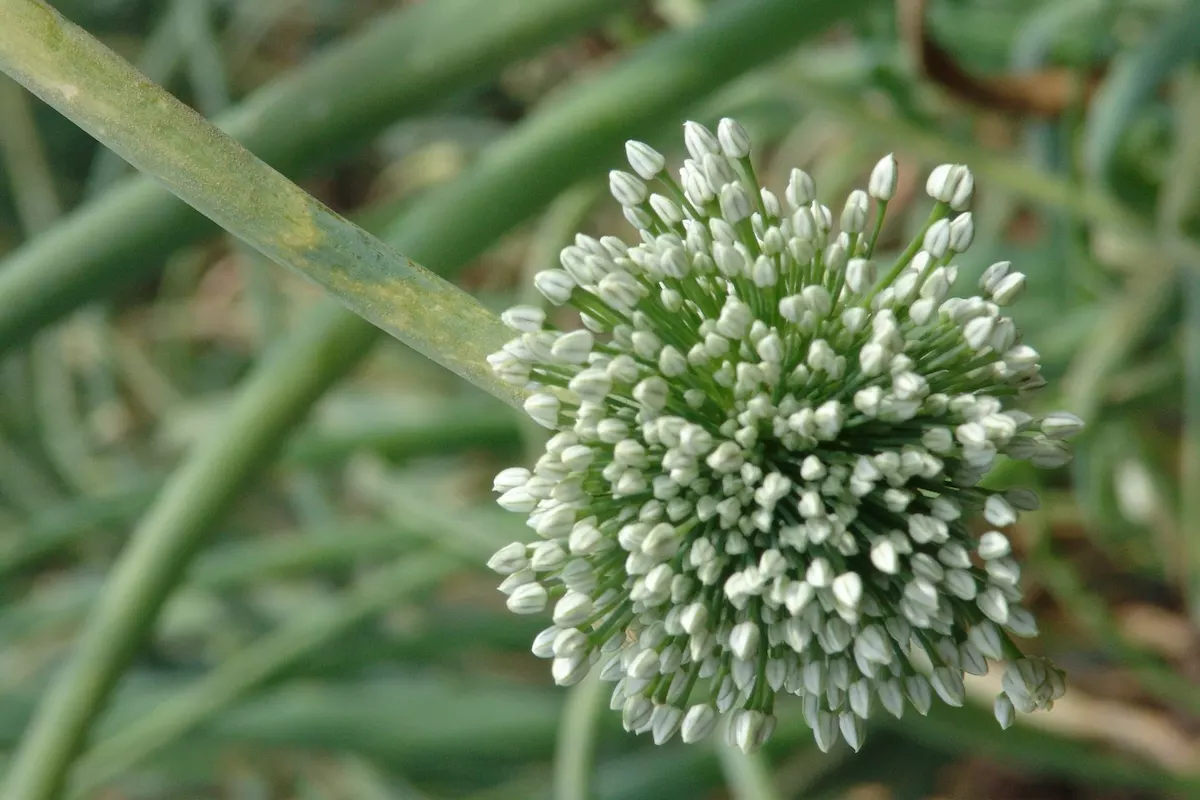
Coriander Leaf oil
September 16, 2021
Garlic oil
July 14, 2021
Petitgrain Bigarade oil

Production Method
By steam distillation of the fresh leaves, twigs, and/or fronds, including the gourmands branches (when available) .
Uses
In perfumery, “for its refreshing, sweet-floral notes in citrus colognes, fougères, etc. and very often as a” cheaper ‘ersatz’ “for Neroli oil. In flavors, “it finds extensive use in fruit and honey flavors or aroma-concentrates where it gives naturalness, bouquet, and rounds off the sharpness of many synthetic components in the flavors. Apricot, and peach, apple and pear, banana and pineapple, wine and hop ale bitters and many other flavor types may profit from this interesting natural material.” (Arctander, S., “Perfume and Flavor Materials of Natural Origin”, 1960). “The oil […] is also a useful ingredient in natural flavors such as blackcurrant, bitter orange, blueberry and orange. The effect of traces of [PGB] oil in flavors is normally freshening and lifting because of the pyrazines, the floral effect becoming secondary in dilution.” Wright, J. “Flavor Creation” (2004). In Aromatherapy, An oil which properties are “non-toxic, non-irritant, non-sensitizing, non-phototoxic” (Lawless, J, “The Illustrated Encyclopedia of Essential Oils : The Complete Guide to the Use of Oils in Aromatherapy & Herbalism” (1995). Petitgrain Bigarade oil is used to treat “neuro-vegetative dystonia, rheumatism, respiratory infections, infected acne, and chronic hepatitis; [while the oil has] antispasmodic, nervous rebalancing, anti-inflammatory, anti-infectious, and bactericidal properties” (Franchomme, P.; Jollois, R.; Pénoël, D. “L’Aromathérapie Exactement” (2001).
Botanical Origin & Historiography
China, and cultivated in almost all the mild-temperate, semi-tropical and tropical zones of the world. Petitgrain is a French word originally used only to describe the oil stemming from the distillation of the leaves and twigs of the Bitter Orange tree (the Bigaradier — which hails its etymology from the Provençal French bigarrado — produces the Bigarade fruit), i.e. Petitgrain Bigarade, so named at the time because the leafy material was pruned when the fruit was the size of a “small grain” = petit grain. Today the term Petitgrain applies to all oils hailing from the foliage of Citrus trees and the presence of a “small fruit” has become irrelevant -- if not altogether problematic as it may in fact alter the composition of the leaf oil. When used strictly on its own – Petitgrain oil – it is inferred that one is speaking of Petitgrain Bigarade oil. Other Citrus petitgrain oils have to specify the species (e.g. Petitgrain Mandarin oil) to understand what is meant. The Petitgrain Bigarade bearing tree is none other than the Bitter Orange tree from which stems such products as Neroli oil, Bitter Orange Blossom hydrolate, Bigarade oil (from the fruit rind, cold pressed), but also the source to produce English Bitter orange marmalade or the French Sauce Bigarade. An approaching oil to Petitgrain Bigarade is produced in Paraguay where it is known as Petitgrain Paraguay. Real Petitgrain Bigarade oil originates around the Mediterranean and has a history going as far back as the introduction of the botanical in the region probably in the 11th c. (see Neroli above). In his book (cited above), Steffen Arctander describes how in those years “redistilled petitgrain Paraguay oils [were] « doctored up » to simulate the typical notes of true petitgrain bigarade oil.” For sure this is no longer the case today, but indicates which product is considered the reference.



